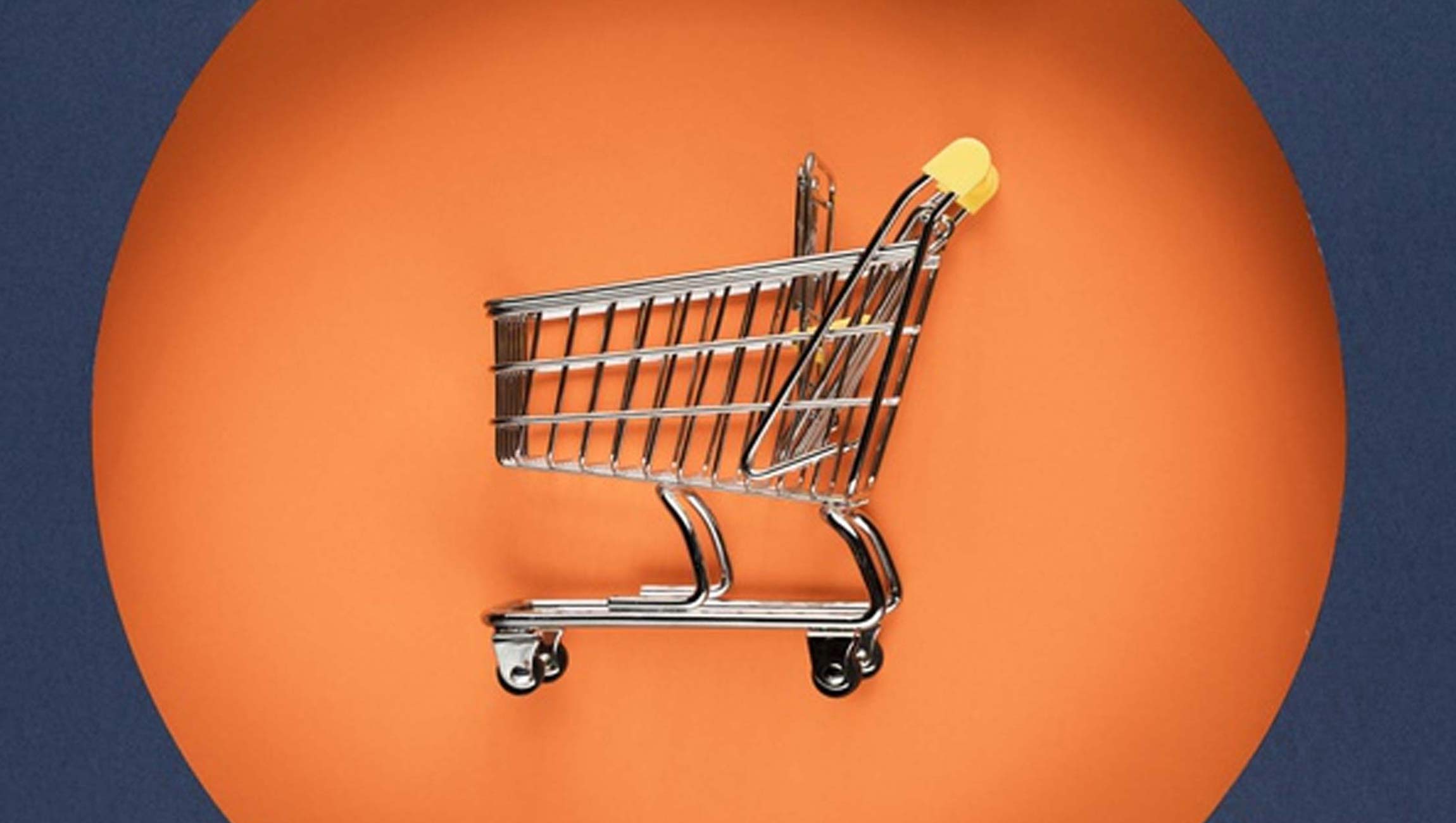When the California Consumer Private Act (CCPA) went into effect earlier this year, some saw it as an onerousconstraint that could cripple the advertising ecosystem. As we enter the third month of the CCPA enforcement era, programmatic has persevered andeven demonstrated tobrands that it is the most reliable solution for reaching consumers. It’s safe to say earlier reports of digital advertising’s impending demise were greatly exaggerated.
With the CCPA, California became the first state in the U.S. to comprehensively regulate how businesses retain and use digital consumer data. While the landmark law represents an important milestone for the digital economy, it has not been the only catalyst of change. The digital advertising industry hasbeen working tirelessly to transform the complex and somewhat opaque ecosystem it hadcreated. These efforts have yielded a new environment where advertisers, publishers and technology companies are aligned and capable of meeting modern challenges, such as CCPA compliance.
Here’s how digital advertising ensures compliance today and in the future:
Compliance Tools
By the time the administrative process started, it was already clear that the CCPA would afford Californians new rights that increased their control and understanding of data use. These rights included: The right to know what is collected; the right to know how it is used; the right to request a copy of the information; and the right to sue for certain data breach incidences.Perhaps most notably, the law even provided Californians the right to block the sale of their data.
These rights were seen as a hindrance for companies not because they protected consumers butbecause it imposed inconsistent burdens. Online publishers, for example, would be forced to treattheir Californians differently from the rest of their audience. The scope of the CCPA presented challenges downstreamas well because data brokers and service providers in the programmatic ecosystem would have to identify userswho opted-out of data sharing.
In fact, recent research found 55% of brand decision makers think consumer privacy restricts programmatic buying addressability or the ability to reach the right people. The digital advertising industry needed a compliance solution that allowed consumers to bar the selling of information and enabled publishers to seamlessly signal that choice to the rest of the ecosystem, creating a legally binding obligation on all parties involved.
What would have once been a daunting task for digital advertising, the implementation of a functioning compliance framework has been smooth thus far and helped preserve the advertising ecosystem. The Interactive Advertising Bureau’s CCPA Compliance Framework is a testament to the newfound collaboration in programmatic advertising.The tool gives Californians the ability to exercise their privacy protections and builds the technical infrastructure for advertisers, publishers and ad-tech to coexist in compliance of the CCPA.
The IAB’s compliance tool offers a blueprint to fix other flaws in the ecosystem.
Self-Regulation
Since the advent of digital advertising, the marketing supply chain has been rife with misaligned incentives, bad behaviors, and insufficient transparency, resulting in waste that limited growth opportunities for advertisers and their suppliers.
While no one was calling for government intervention over these issues, there was agrowing consensus that the system needed to change. Instead of maintaining the profitable, yet defective status quo, ad tech is assuming our share of responsibility in the mess-making and striving to build something better.
For the past year,ad-tech leaders have been laying the groundwork for a united ecosystem where content owners, brands and agencies are all on equal footing through agreed upon transparency standards.In the same vein as the compliance framework, IAB Tech Lab’s Project Rearcis working to re-architect digital advertising by proposing new technical standards and guidelines that would elevate addressable advertising and measurement while honoring privacy rights through new accountability mechanisms. The project depends on the cooperation of leading advertising and technology companies, many of which have already independently collaborated to design new solutions and capabilities.
The industry is seeing the first demand-side and supply-side partnerships that provide integrated data stack that and offer end-to-end visibility as to the quality of every transaction.This alignment increases data sharing and empowers per-impression decision analysis to drive peak campaign performance for brands and greater return for publishers. This type of collaboration would not have been possible if adtech opted to maintain the status quo
Greater transparency into the digital supply chain byway of industry alignment solves a current and future problem. It optimizes ad buying and improves brand results in the near-term and, in the long run,helps eliminate bugs in the system like hidden supply chain fees and ad fraud, issues that could be subject to future regulation if not corrected. To win the trust and support of consumers and policymakers, the ecosystem must continue to transform the digital media supply chain so that there is improved transparency and security for all stakeholders, most particularly consumers. Fortunately, a roster of partners that span the ecosystem have already started to increase visibility across the supply chain. If industry alignment can resolve CCPA compliance and supply chain transparency, it will be able to overcome future hurdles as well.











